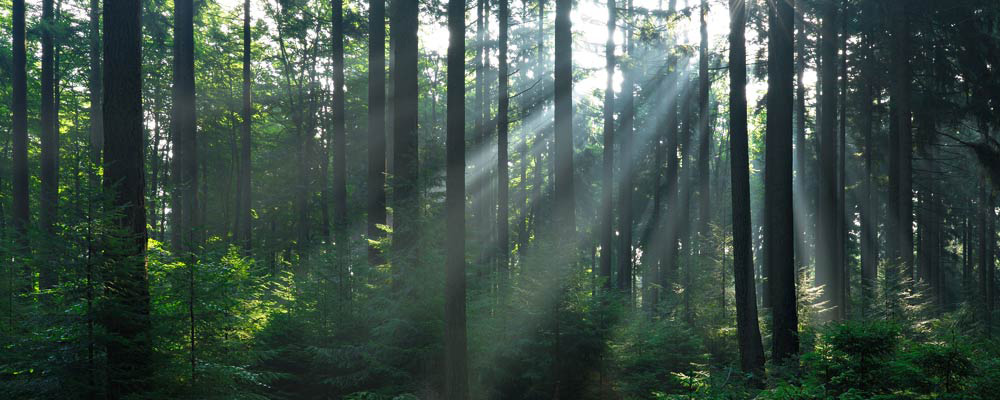
Wood products derived from sustainably-managed forests, such as virtually all timberlands in North America and continental Europe, are among the most environmentally-sound building materials known. Trees, the basis for these products, are infinitely renewable. Thanks to rigorous reforestation, the forest land base in the operating regions of PLIB members remains constant and is larger than it was in 1900, despite decades of harvesting to support the ever-growing need for residential and commercial construction projects.
Wood products are far less energy-intensive to make than the primary alternatives — concrete and steel. And the buildings that can be made with them can be equally energy efficient, regardless of the structural materials used. In many parts of the world, where fossil fuels are used to generate energy for manufacturing and building operations, higher energy use equals higher carbon dioxide emissions, a major contributor to global warming.
Carbon emissions from the manufacture of steel and concrete far exceed those caused by manufacturing wood products. Wood products, on the other hand, not only cause far fewer emissions from manufacturing, the products themselves actually store carbon that was removed from the atmosphere while the trees used to make those products were growing. Trees absorb carbon dioxide from the atmosphere and through photosynthesis they break it down — storing the carbon — in wood fiber and release pure oxygen. That stored carbon remains in the wood for as long as it lasts—often hundreds of years. The cycle continues with new trees planted to replace those that were harvested, making wood products the ultimate carbon storage units.
Indeed, if wood did not already exist, we’d be hard at work trying to invent it.



